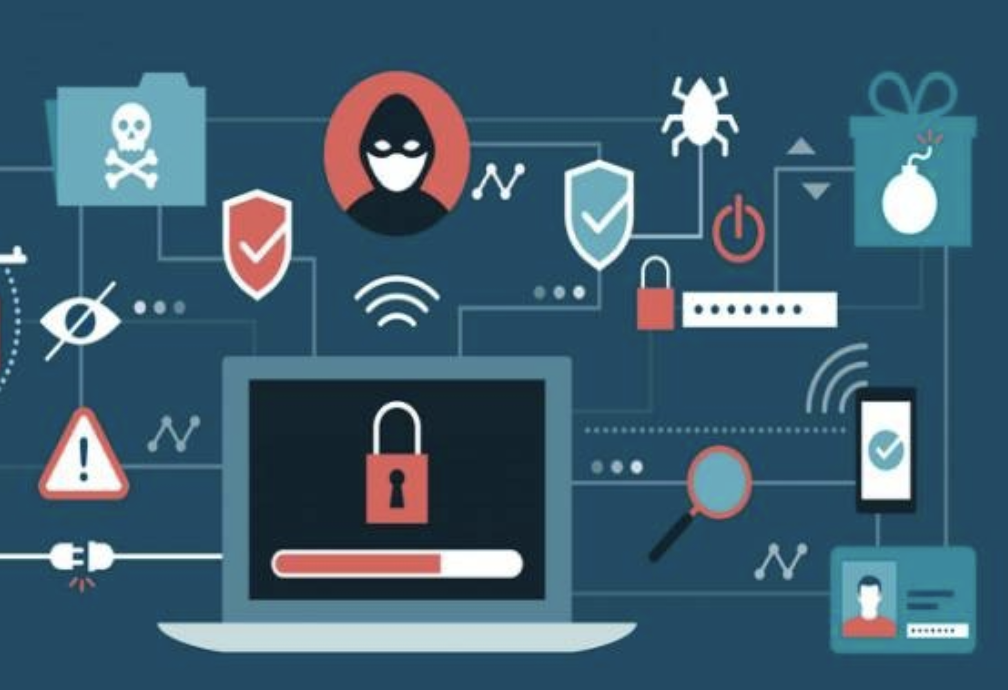Navigating the Road of Cybersecurity: Understanding Security Vulnerabilities in Tesla Electric Cars
Tesla, at the forefront of automotive innovation, has revolutionized the electric vehicle market. While the company is celebrated for its cutting-edge technology, including Autopilot and Full Self-Driving features, it is not impervious to the challenges posed by cybersecurity threats. In this article, we explore some of the security vulnerabilities that Tesla electric cars have faced over the years, emphasizing the importance of ongoing efforts to enhance cybersecurity in the automotive industry.
- Key Fob Cloning (2018): In 2018, researchers demonstrated how vulnerabilities in Tesla’s key fob system could potentially lead to unauthorized access. They successfully cloned key fobs, allowing them to unlock and start a Tesla Model S. Tesla responded promptly by releasing over-the-air updates to address the vulnerability and implement enhanced encryption measures.
- Bluetooth Vulnerability (2019): Researchers at Tencent’s Keen Security Lab identified vulnerabilities in Tesla’s Bluetooth implementation, potentially enabling attackers to take control of certain vehicle functions. Tesla addressed the issues through a combination of over-the-air updates and collaboration with the researchers, highlighting the importance of coordinated efforts in improving security.
- Weak API Security (2020): Security researchers uncovered vulnerabilities in Tesla’s Application Programming Interface (API) that allowed unauthorized access to certain vehicle functions. These vulnerabilities could have potentially been exploited to locate, unlock, and even start a Tesla remotely. Tesla addressed the concerns by enhancing API security measures and encouraging responsible disclosure within the cybersecurity community.
- Tesla Model X Hack (2020): A team of researchers successfully hacked into a Tesla Model X at the Pwn2Own hacking competition in 2020. They exploited a combination of vulnerabilities, gaining control over the car’s infotainment system. Tesla acknowledged the findings and worked collaboratively with the researchers to patch the vulnerabilities and improve overall system security.
- TeslaCam and Sentry Mode Exploits (2021): Tesla’s built-in dashcam feature, TeslaCam, and Sentry Mode faced potential vulnerabilities as security researchers identified methods to manipulate and delete footage from the vehicle’s USB storage. Tesla addressed the concerns through software updates, emphasizing the importance of keeping the vehicle’s software up to date for the latest security patches.
Conclusion:
As Tesla continues to push the boundaries of automotive technology, it remains vigilant in addressing and mitigating cybersecurity vulnerabilities. The company’s ability to deliver over-the-air updates is a significant advantage, allowing for swift responses to identified vulnerabilities. Tesla also actively engages with the cybersecurity community through bug bounty programs, encouraging responsible disclosure and collaboration.
Owners of Tesla electric cars play a crucial role in maintaining security. Keeping the vehicle’s software up to date, participating in beta testing programs responsibly, and promptly reporting any security concerns to Tesla contribute to the ongoing efforts to fortify the cybersecurity landscape in the automotive industry.
The journey towards secure connected vehicles is a collaborative effort, and as Tesla and other automakers learn from past vulnerabilities, they pave the way for safer and more resilient electric vehicles on our roads.




